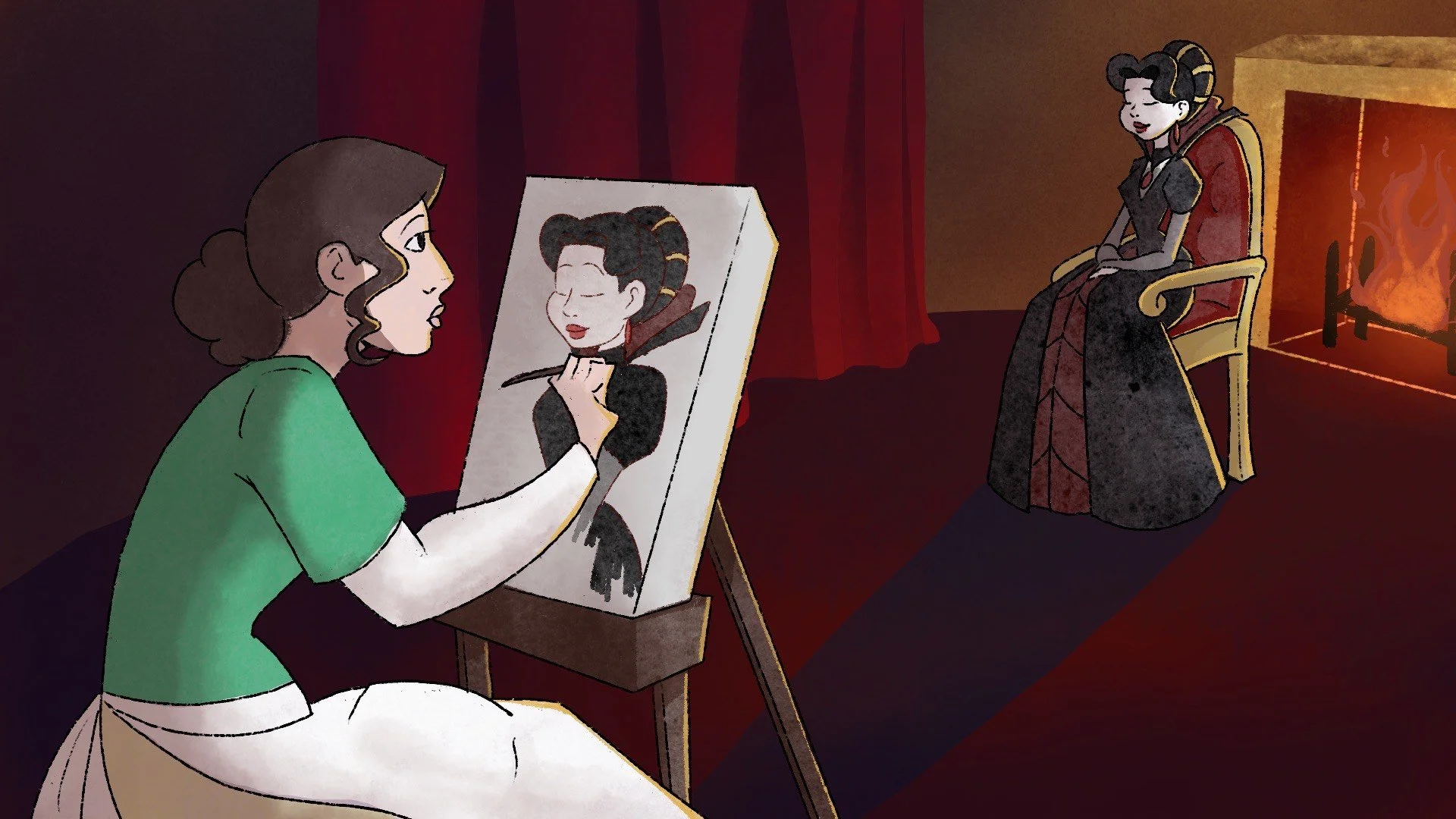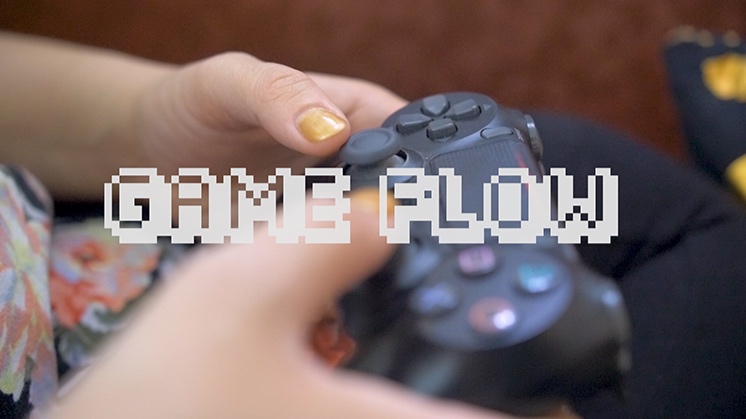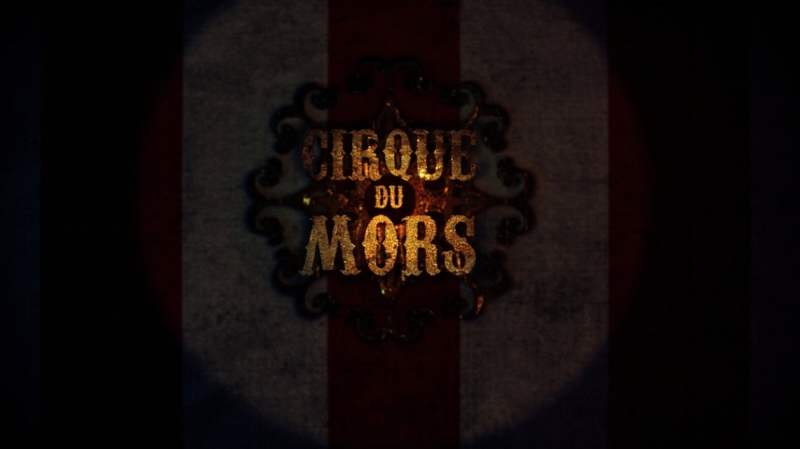Are you working on an indie game and are wondering how to differentiate it from the others that are currently out there in the market or that are about to be released into the market? You may have a new and unique concept and you may be offering a completely different experience to what is already available but taking the time to get the music right in your game can really help to differentiate it further and to make it stand out above the rest.
Here are 5 ways that music can help you to differentiate yourself:
1.Choose music that really moves people
Music is a powerful tool in helping to convey emotions in a game. Music can change how people feel about the experience and by focusing on music that really captures the mood in each part of your game, you will help to make sure that the experience in your game is the very best that it can be.
Read: How to Choose the Right Music for Your Game
2. Create music for different parts of your game
Whether your game is split into levels, sections, scenes, characters etc. make sure that the music supports this and also helps guide people through your game. The more you can use music to help people understand what's going on in your game and to transition through it smoothly, the better the overall experience and immersion into your game.
See: 6 Different Ways to Harness Music in Games
3.Have a custom soundtrack
If you can afford it, opt for a custom soundtrack to make sure that the music you have is unique, distinct and that it fits your game perfectly. Work with a composer to find the right music style for your game and to create a consistent, high quality soundtrack.
Read: How to Work Well with a Game Music Composer
4. Create a custom theme tune
Theme tunes offer the opportunity for people to associate a mood, a tune and a positive feeling with your game. They can make your game really memorable especially if the theme tune is catchy, easy to hum and fun to listen to. Theme tunes can also help capture the essence of your game in a short timeframe, which offers people a quick glimpse into the great experience that your game can offer them.
5. Develop a trailer
Make a trailer to help showcase your game and entice people into playing it. Include your theme tune as part of it and make sure that the trailer helps capture the mood and wonderful experiences your game offers. Treat it like a sneak peek into the world of your game and also your soundtrack.
See: How to Create An Awesome Indie Game Trailer
So there you have my 5 ways to differentiate your game through music. It's definitely worth spending the time and investment in getting your music right. Without great music, your game could really be missing an opportunity to reach players at that deeper level.
About the author
Ninichi is a game music and film music composer. She works with talented indie game developers and film makers to create unique soundtracks for their games and films.
Explore this website to learn more about Ninichi & how she can help you with the music for your project.
Follow her @ninichimusic





























